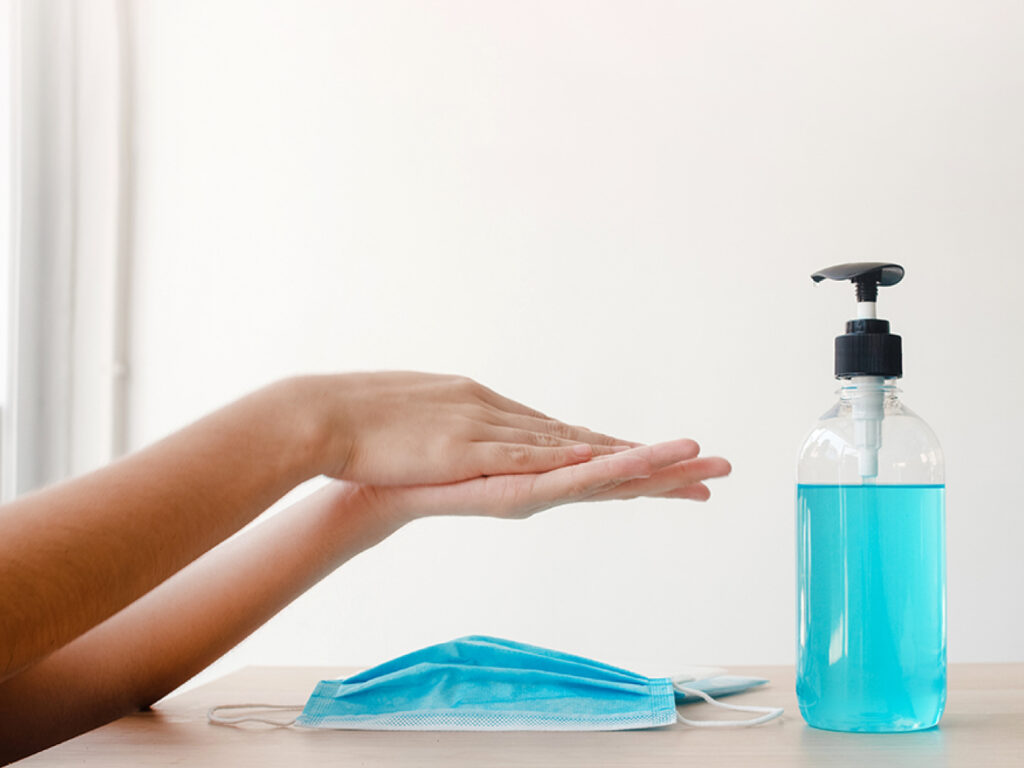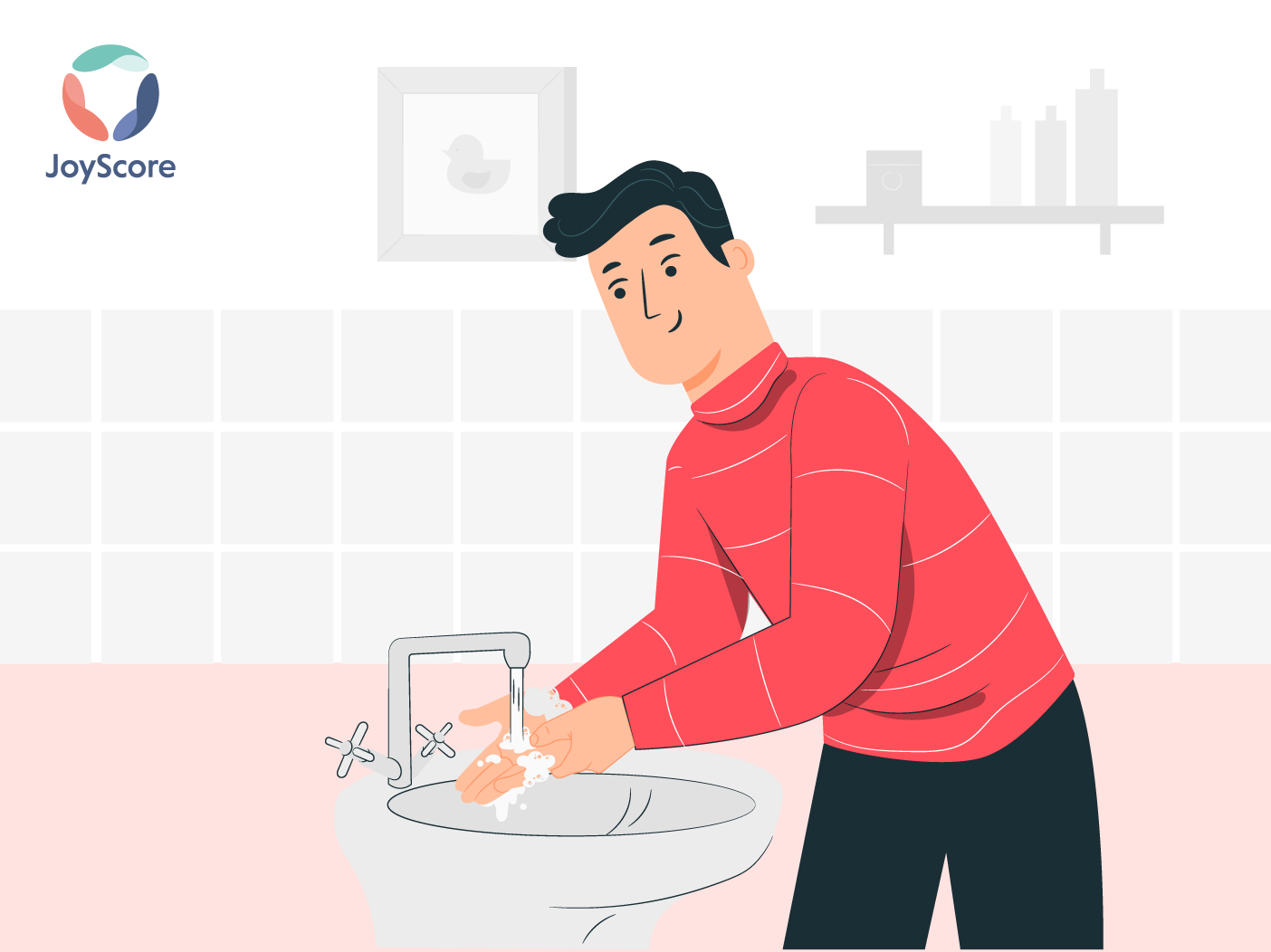Scrolling down, are you? Did you know? The screen you’re scrolling on has about 8000 germs per square inch. And this same screen is dirtier than your kitchen counter. I’m not trying to scare you, but everyday you’re exposed to about 60,000 bacteria. Some of these bacteria are infectious while others, not so. So how do you keep infections at bay, especially in this pandemic hit year? Hand Hygiene.
The contamination we are exposed to everyday, while commuting to work, or buying from the grocery store, or just surfing on the internet, is humungous. Especially among Americans, recent tests have shown that they touch the dirtiest surfaces- airport doors, public soap dispensers, airport bathrooms, etc. Following are a few germ hot-spots which have a high level of contamination, enough to spread infections and illness :

Gas pumps handle — 71%
Mailbox handles — 68%
Escalator rails — 43%
ATM buttons — 41%
Parking meters/kiosks — 40%
Vending machines — 38%
When the COVID-19 pandemic began to spread and little was known about the novel coronavirus, one of the World Health Organization (WHO) ‘s first recommendations was a simple, tried-and-true public health measure: Hand Hygiene. This advice persists even today as one of the most fundamental ways, alongside masks, to prevent the spread of COVID-19. Just thirty seconds of scrubbing with water and soap, or using an alcohol-based hand sanitizer, can wash away the germs—in addition to other common infectious diseases such as typhoid, cholera, and diarrheal pathogens.
Global Handwashing Day can be looked at as an opportunity to design effective and creative ways to encourage people to wash hands regularly. The theme for 2020 is ‘Hand Hygiene for all’. It reminds of the universal access and practice of handwashing with soap and water. Only 66 percent of Americans always wash up after using a public restroom when asked about their handwashing habits, even though 92 percent believe that washing their hands after a visit is essential. The figures are disturbing yet accurate.
But making hand hygiene available to everyone in the society requires a macro and multifarious approach. Especially in America, the access to sustainable hand hygiene services needs to be improved (regular water supply, handwashing facilities, steady water supply, soap or alcohol based handrub etc). Most importantly, our society needs a behaviour change. The drivers which support this change should be addressed and components such as policy reforms, coordination, financing, regulations need to be strengthened.
This year’s Global Handwashing Day calls on countries to celebrate hand hygiene as a central part of their response to the pandemic and, at the same time start planning to create a safe and better future. Once the immediate crisis is over, strengthening the hygiene systems would be the backbone for building a better and safer future. This would help control the emerging and old diseases and infections like COVID-19, diarrhea, typhoid, cholera, etc. It is crucial for the countries to develop roadmaps for hygiene. It would allow them to leverage the attention COVID-19 has got to implement a long-lasting public health programme.
To Summarise…
We need to change our habits to live a sustainable and infection free life. And these habits can be inculcated only if you’re aware of your patterns and your responses. You can live a mindful life by downloading JoyScore, which is an scientifically backed app which has different activities to lighten up your mood and also help instil new, life changing habits.



